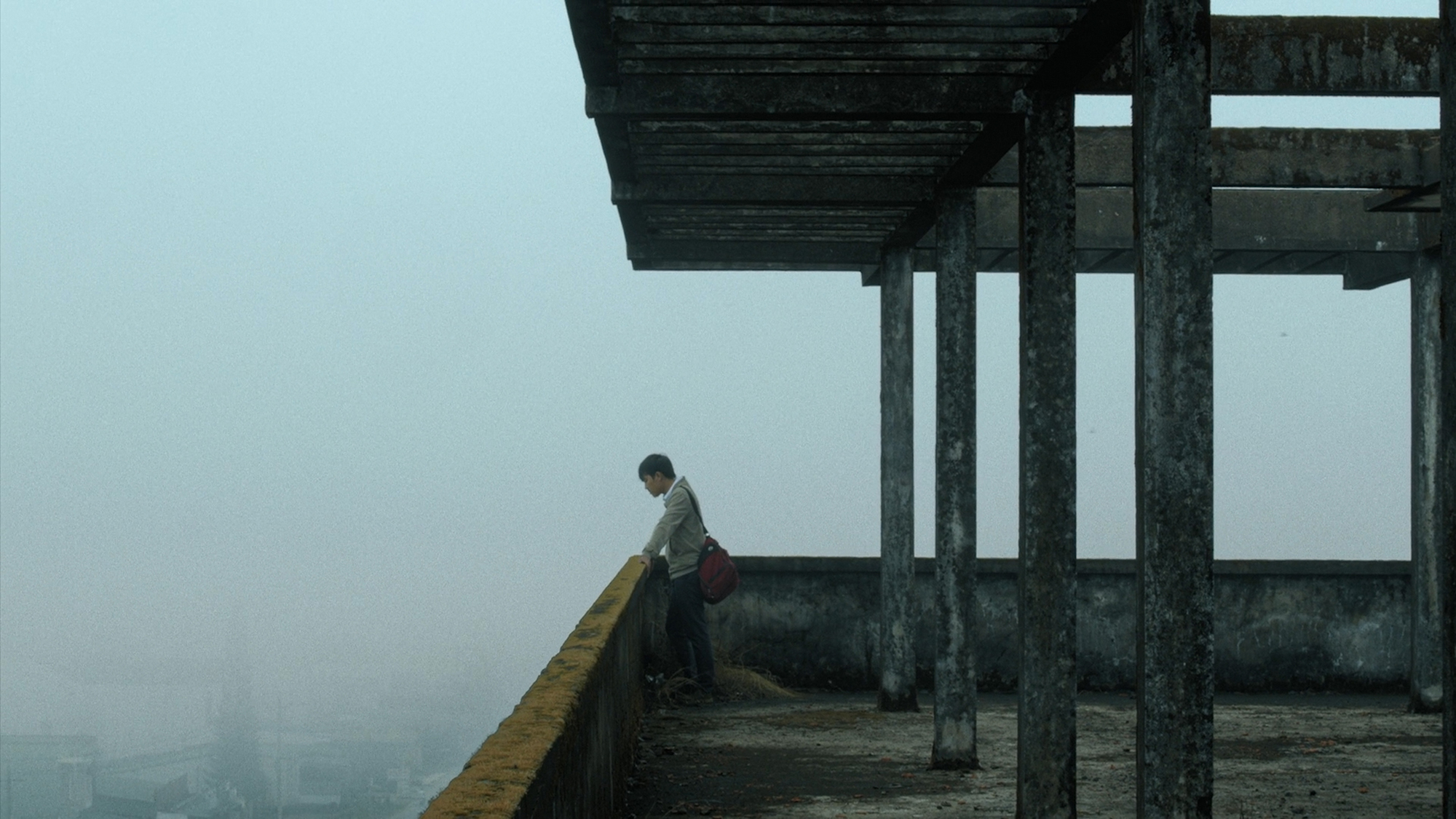Intermissions
Michael Scoular
April 26 (Friday)

Dedicated visitors to The Cinematheque have likely noticed a recent proliferation of long works in our programming. In this first half of the year we’ve screened Abel Gance’s La roue (412 min.), Wang Bing’s Youth (Spring) (215 min.), Phạm Thiên n’s Inside the Yellow Cocoon Shell (179 min.), Jacques Rivette’s L’amour fou (254 min.), Steve McQueen’s Occupied City (262 min.), and Edward Yang’s A Brighter Summer Day (237 min.), among others.
The availability of these works to screen in Vancouver is largely coincidental, but one link between them is that digital distribution has completely reshaped what’s possible for film exhibition. Upon its original release in 1923, despite an initial rapturous reception, the distributors of Gance’s La roue forced the filmmaker to make a shorter version, supposedly to make print-shipping to cinemas beyond Paris feasible. Today, the costs of digital storage and transfers are far less visible.
Much more noticeable is the presentation format. Like everyone else, we noticed the way intermissions appeared in headlines last year, owing to the epic treatment on display in some recent award-contending films, but the way we handle things here at The Cinematheque is very simple: the artist’s word is key.
Making a massive work tends to make filmmakers ask themselves, when operating with some measure of independence, questions not too far from the cognitive film theory of David Bordwell: where is the audience looking, and how much are they able to process in a given film? Another analog is found in theatre, where playwrights often consciously structure their acts around whether an audience is regarding them with the knowledge they will get a chance to stretch their legs or, as in Sam Shepard’s famous stage direction, the action is configured “relentlessly and without a break.”
Popular Indian cinema in particular is often structured around an intermission break. But outside of that country’s film industries, things can often be less clear. Because filmmakers are rarely published essayists, figuring out exactly how an artist wanted their films shown then becomes a matter of tracking down interviews, screening histories, and other ephemera—easy when a film is brand new, a bit more of a task when time has accrued and answers require a trip to the archive.
Edward Yang, for instance, is on the record as wanting A Brighter Summer Day to play without an intermission. More recently, Steve McQueen’s Occupied City has an intermission built into its runtime, complete with countdown. And then there is the case of Jacques Rivette’s L’amour fou. When the film’s new restoration premiered at Cannes, and then played Toronto and New York over the past year, it played without an intermission. Seeing it play this way in Toronto, as one of our programmers did, was particularly surprising because there is a moment in the film that seems to indicate a break.
After some research here in The Cinematheque’s office, an interview in Cahiers du cinéma was found from the film’s original release where Rivette directly addresses the question of an intermission.
In the interview, after the topic is brought up, Rivette says, “For me, the most important point in the movie is when everyone goes to take a leak.”
The interviewer then asks at what point Rivette decided there would be one in the film.
He replies: “As soon as I saw the first complete rough-cut version straight through. I got the feeling that, physically, it was unbearable. That was also the reaction of the two editors, and I thought it should be taken into account: we realized that we had followed the first hour fine, the second fairly well, that we completely lost interest in the third hour, and that little by little interest revived during the last hour. But one hour was completely lost because of physical fatigue.
“The interval is also the point where we pretend to be nice to the viewers to give them back their freedom. So they do whatever they want; if they want to go away, they go. And I do hope that there will be people who leave, maybe not quite half the audience, but let’s say a quarter or a fifth of them, if only to prove that I was right to include an interval. It should be like in the theatre, where you can leave in the middle—which I do, very often. On the other hand, I would like those who stay to stay right through to the end; I even think the doors ought to be locked. Going to see a film must be a contract—an act and a contract. And one of the clauses of the contract is that they have the right to leave during the interval but not at any other time.”
While attention spans are sometimes said to be shrinking as digital proliferation marches on, any committed filmmaker knows that their work is involved in the complicated and non-linear process of moulding time. A longer film can indicate a certain level of budget, confidence, and luck, but, at least in these cases, also means a filmmaker is intentionally testing the dynamic between artist, screen, and audience member, often to rewarding results.
We’re well aware of the way home viewings tend toward distractions and breaks. But at least from these examples, the myth of the “ideal runtime” or the hard-line preference of an intermission seems to waver given the chance to see a masterpiece in the cinema. We’re glad that, given the audience reception here, these boundary-testing works have proven the exception to those ideas. In presenting these works, we’ll always default to the decisions of a director and their team of collaborators to give you the closest possible experience to what they’ve intended. More to come in 2024 Part II!